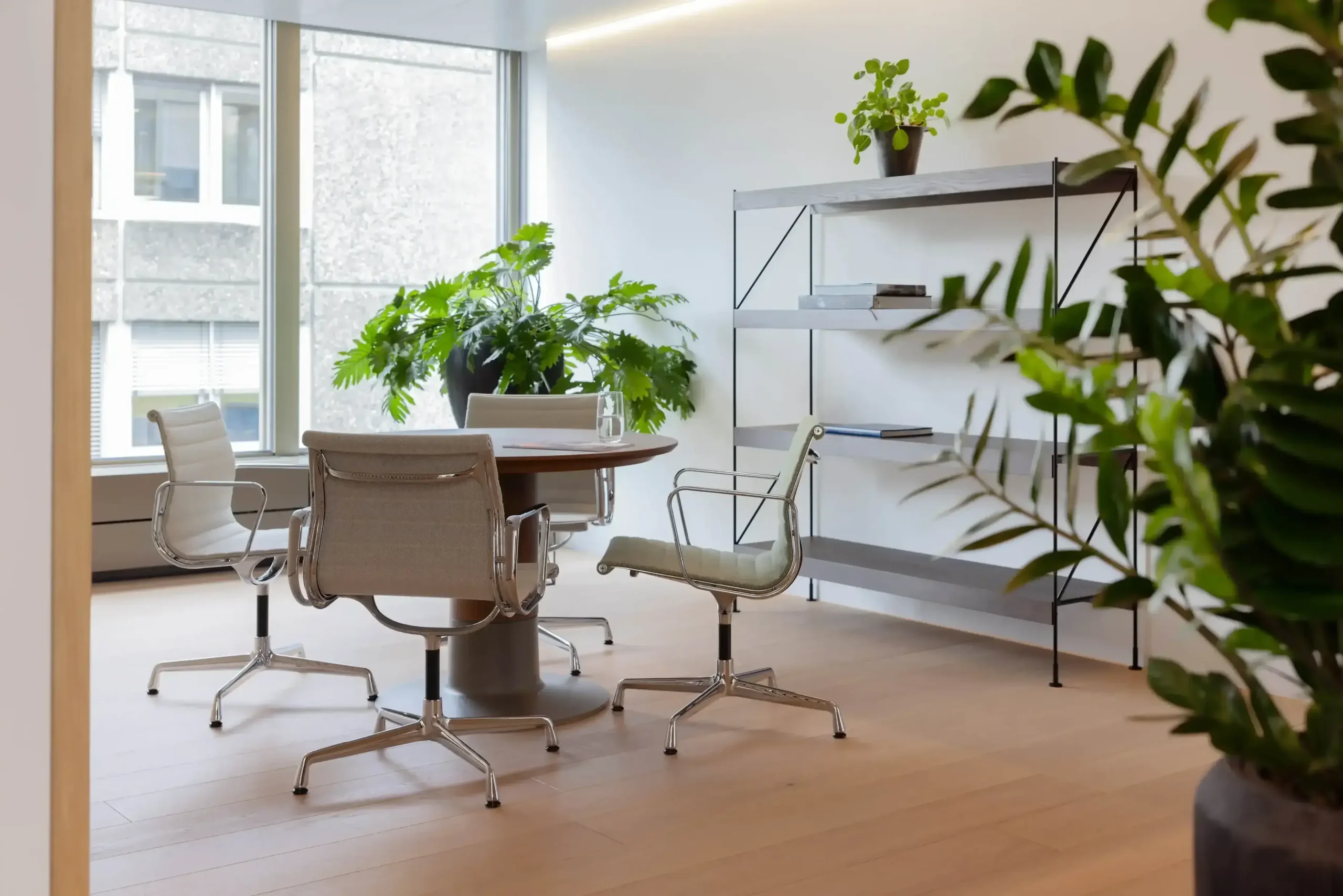A modern workspace is more than desks and chairs. It is an environment that influences how employees think, collaborate, and perform. As businesses adapt to changing work patterns and expectations, the design of physical offices has become a strategic tool. A workspace that prioritizes both function and comfort fosters engagement, reduces turnover, and strengthens company identity. The design process, from layout to materials, determines how much value employees derive from their environment.
The power of strategic layout design
An effective layout does more than fill space; it shapes how people interact and complete tasks. Poorly planned offices create friction and distraction, while strategic layouts improve communication and focus. A good design supports both collaboration and privacy, ensuring teams can share ideas without losing concentration.
Open floor plans once dominated office design, but many companies now prefer hybrid layouts. These include shared zones for teamwork and enclosed areas for focused work. Flexible zoning allows teams to choose how they use space, which leads to higher productivity and satisfaction.
Movement also matters. Employees should not feel confined to one area all day. Designing with flow in mind, such as clear pathways and intuitive layouts, encourages movement and reduces fatigue. Accessibility should be built in from the start so that all employees can navigate the space easily and comfortably.
How materials influence comfort and perception
The materials used in an office affect how the space feels, functions, and lasts. High-quality, low-maintenance materials reduce long-term costs and help maintain a professional appearance. In shared spaces, durable and hygienic surfaces are essential. For example, durable and attractive options for restroom areas, such as those found at https://onepointpartitions.com/, offer both practical and aesthetic benefits.
The visual and tactile qualities of materials influence mood and perception. Soft textures and warm tones create comfort, while sleek finishes communicate professionalism. Noise control materials, such as acoustic panels or carpets, support concentration. Thoughtful material selection can balance comfort with durability and hygiene, ensuring both design and performance work together.
Color also affects productivity. Natural tones promote calm, while vibrant accents can energize teams. A mix of both helps define zones within an office, supporting a dynamic but balanced atmosphere.
Integrating sustainability and comfort through design
Employees increasingly value workplaces that reflect environmental responsibility. Sustainable materials, energy-efficient lighting, and better air circulation contribute to both comfort and corporate credibility. Natural light reduces fatigue and enhances mood, while proper ventilation supports health and focus.
Eco-conscious design is not only ethical but practical. It reduces operating costs and builds long-term resilience. Plants, recycled materials, and renewable finishes create a healthier environment without sacrificing aesthetics. Offices designed with sustainability in mind attract talent and reinforce a company’s commitment to responsible growth.
The importance of aesthetics and brand identity
A workspace communicates a company’s culture before anyone speaks. Every detail, from wall color to furniture style, reflects how a company views its people and its mission. When employees feel that the space aligns with company values, they develop a stronger sense of belonging.
A cohesive visual identity across the office supports consistency and pride. Color palettes and materials that reflect brand tone make employees feel part of something intentional. Modern companies now treat design as part of storytelling, using visual cues to express stability, creativity, or inclusivity.
Merging function with design
Offices that embrace innovation tend to outperform those that only focus on aesthetics. Innovative design integrates function, flexibility, and experience. This includes modular furniture, movable walls, and adaptive lighting systems. These features allow businesses to reconfigure spaces quickly as teams grow or project needs change.
Modern architecture also uses smart materials and sustainable technologies that respond to light, temperature, or sound. This adaptability supports both efficiency and comfort. The integration of design and technology creates an environment that feels contemporary and capable.
Sound management is another area of innovation. Acoustic design ensures open offices remain comfortable and functional. Even minor changes, like adding textured partitions or soft materials, can transform the experience of a space.
Creating spaces that prioritize well-being
Wellbeing is now a design priority, not an afterthought. Offices that promote physical and mental health improve performance and retention. Simple design features, such as larger windows, natural light, and ergonomic furniture, have a measurable effect on comfort and focus.
Designers are introducing wellness zones and quiet areas where employees can recharge. These spaces offer privacy without isolation and show that the company values rest as much as output. Regular movement, healthy air quality, and supportive seating reduce stress and fatigue.
Physical design also affects emotional wellbeing. Environments that feel open and bright help employees stay positive and motivated. The inclusion of green spaces, artwork, and natural textures enhances mood and creativity.
The evolution of workspace expectations
The way people use offices has changed. Hybrid work models mean fewer daily occupants but a higher demand for meaningful space. Employees want environments that support collaboration and creativity, not rigid desk arrangements. The office now functions as a social and cultural hub rather than a mandatory location.
Technology integration plays a major role in this shift. Seamless connections between digital and physical systems make hybrid work easier. Workspaces need adaptable layouts, reliable connectivity, and access to shared tools that bridge the gap between remote and in-person teams.
Flexibility has become the defining characteristic of successful office design. The ability to adjust and reconfigure layouts keeps the space relevant as business needs evolve.
Conclusion: Design That Builds Value for People and Business
Designing an office is a strategic investment in people. Every layout decision, material choice, and design feature influences performance, comfort, and satisfaction. From the flow of space to the selection of sustainable materials, every detail shapes how employees experience work.
Companies that align design with culture and wellbeing create spaces where people want to stay and succeed. A functional, well-designed office supports collaboration, reflects values, and strengthens retention. The result is a workplace that adds lasting value to both employees and the business as a whole.


